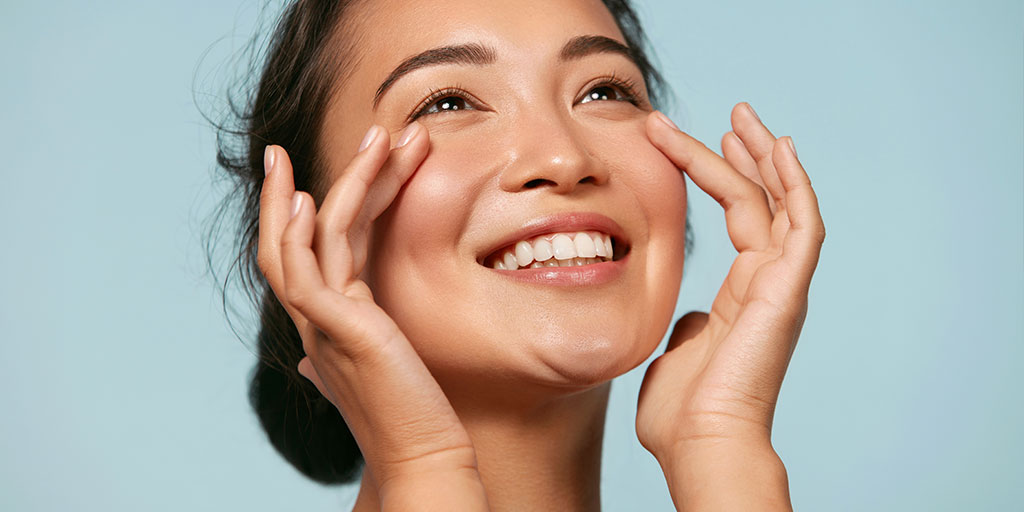Answers to Common Rhinoplasty Questions
Posted By:
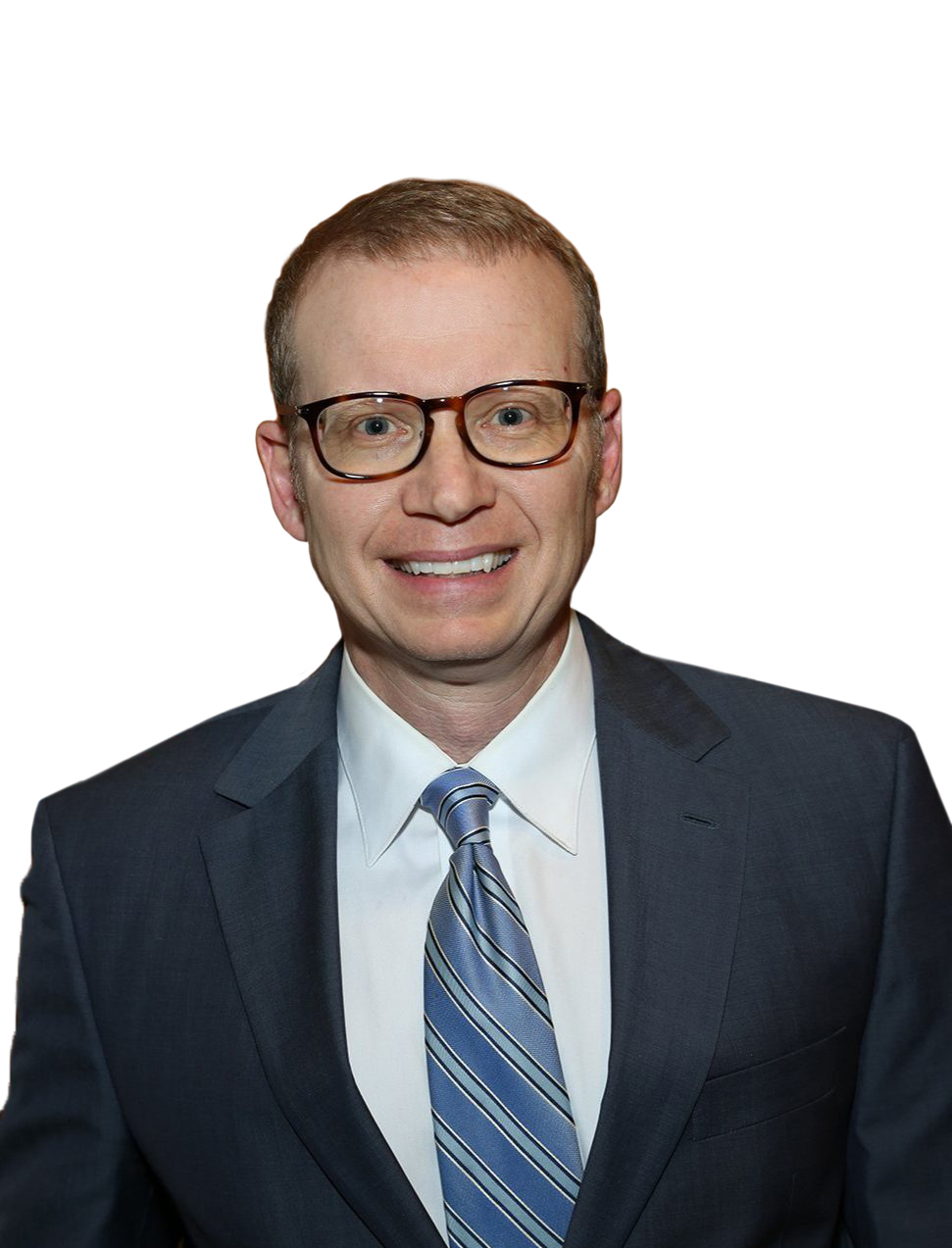
Dr. Chris Schaffer
Read Time: ~ minutes
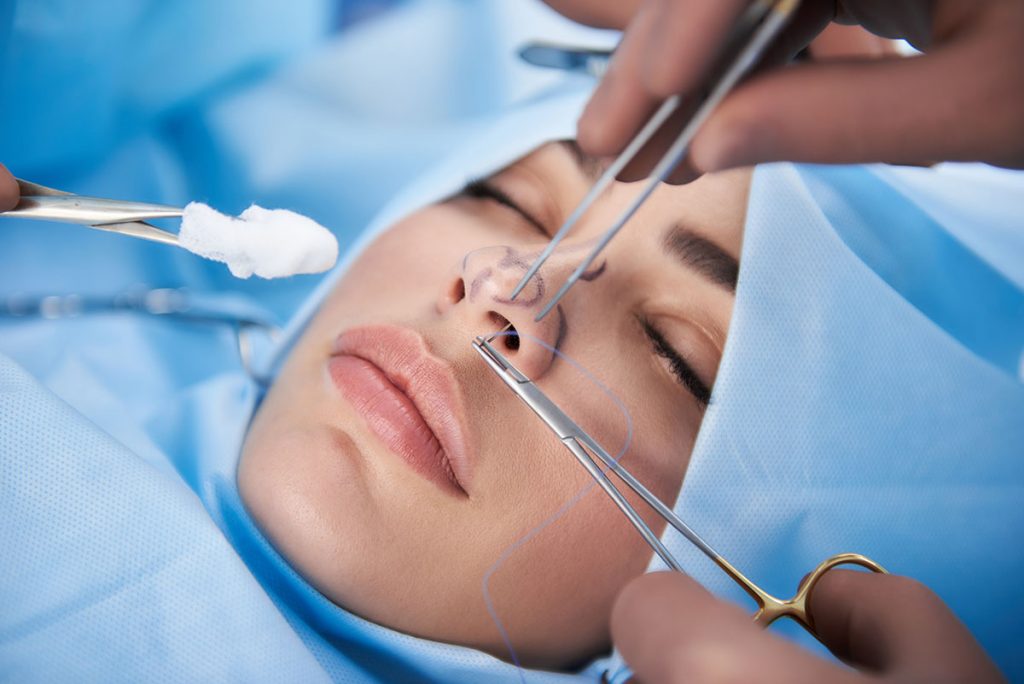
Contemplating rhinoplasty (nasal surgery) is likely to produce questions. With 20+ years of experience, our board-certified plastic surgeon Dr. Christopher Schaffer, has answers for most, if not all. Informed and prepared patients will have more confidence in selecting the procedure and have realistic expectations for their outcome and recovery experience.
The Basics of Rhinoplasty
Rhinoplasty is completed as an outpatient surgery at our private, state-of-the-art surgery center, which allows patients to recover in the comfort of their own homes. Dr. Schaffer performs rhinoplasties to address nasal width at the bridge, the size or position of the nostrils, nasal symmetry, nasal size in relation to the face and/or the nasal profile, including humps or indentions of the bridge. Every rhinoplasty is unique, so Dr. Schaffer may employ various techniques to achieve ideal results for each patient.
Rhinoplasty Frequently Asked Questions:
To help our patients prepare for rhinoplasty, we have developed this list of commonly asked rhinoplasty questions and answers:
Q: When Can I Blow My Nose After Rhinoplasty?
A: Gently blowing of the nose to clear dry, loosened debris of mucous is allowed the day after surgery. Some people may need to wait longer depending on the extent of rhinoplasty performed, but Dr. Schaffer will let you know if this is the case. Forcefully blowing your nose before your rhinoplasty has healed can potentially open sutured wounds along the inside lining of the nose.
Q: Will Insurance Cover Rhinoplasty?
A: Rhinoplasty for cosmetic reasons is not covered by insurance, but a functional rhinoplasty or septoplasty may be partially or fully covered. A functional rhinoplasty’s goal is to repair the inner structures of the nose and create free airflow. This is for patients who suffer from a deviated septum or have experienced trauma to the nose that has caused functional defects.
Q: When Can I Sleep On My Side After Rhinoplasty?
A: Sleeping on your side or stomach after rhinoplasty should be avoided for several weeks. Since these positions can place unnecessary pressure on your nose, they can interfere with the healing process. Sleeping on your back in an elevated position is the safest way to sleep after rhinoplasty and reduces swelling and congestion.
Q: Will the Tip of My Nose Get Smaller After Rhinoplasty?
A: Since the nose is among the most delicate areas of the body, it will experience quite a bit of swelling after rhinoplasty. This swelling could take up to a year to fully subside. If the tip of your nose is enlarged due to swelling, it will get smaller as the swelling subsides.
Q: When Can I Wear Glasses After Rhinoplasty?
A: The length of time you should wait to wear glasses after rhinoplasty depends on the type of rhinoplasty you received. In many cases, patients can resume wearing glasses two weeks after rhinoplasty, but other patients may need to wait six or more weeks.
Start Living Life Beautifully
Schedule a ConsultationQ: What is a Liquid Rhinoplasty?
A: A liquid rhinoplasty is a non-surgical rhinoplasty alternative that works by injecting a personalized selection of dermal fillers in specific areas that will subtly alter the shape of the nose. It is ideal for people looking to smooth out bumps in their nose or make it appear less angular without committing to a permanent solution.
Q: How Do I Tape My Nose After Rhinoplasty?
A: During your first follow up visit after your rhinoplasty, Dr. Schaffer will ensure you know how to properly tape your nose to provide structural support for your nose as it heals. Depending on the type of rhinoplasty you received, you may need to tape only the bridge of your nose, or you may need to wrap tape in a U-shape underneath the tip of your nose.
Q: When Can I Work Out After Rhinoplasty?
A: Exercising too soon after rhinoplasty can result in nose bleeds and affect the final results. To avoid nose bleeds, it is best to avoid strenuous exercise for at least one week after surgery. Light walks the day after surgery are encouraged to help reduce swelling.
Q: How Do I Clean My Nose After Rhinoplasty?
A: Maintaining proper hygiene to prevent infection is important after rhinoplasty. Dr. Schaffer teaches patients how to use a gentle saline solution or a cotton swab dipped in hydrogen peroxide to clean their nostrils and the area around the nose.
Do you have other questions about rhinoplasty? Schedule a consultation with Dr. Schaffer by calling our office at 205.629.9905.
Rhinoplasty Gallery <p><small>Actual patients and results. Please note results may vary.</small></p>
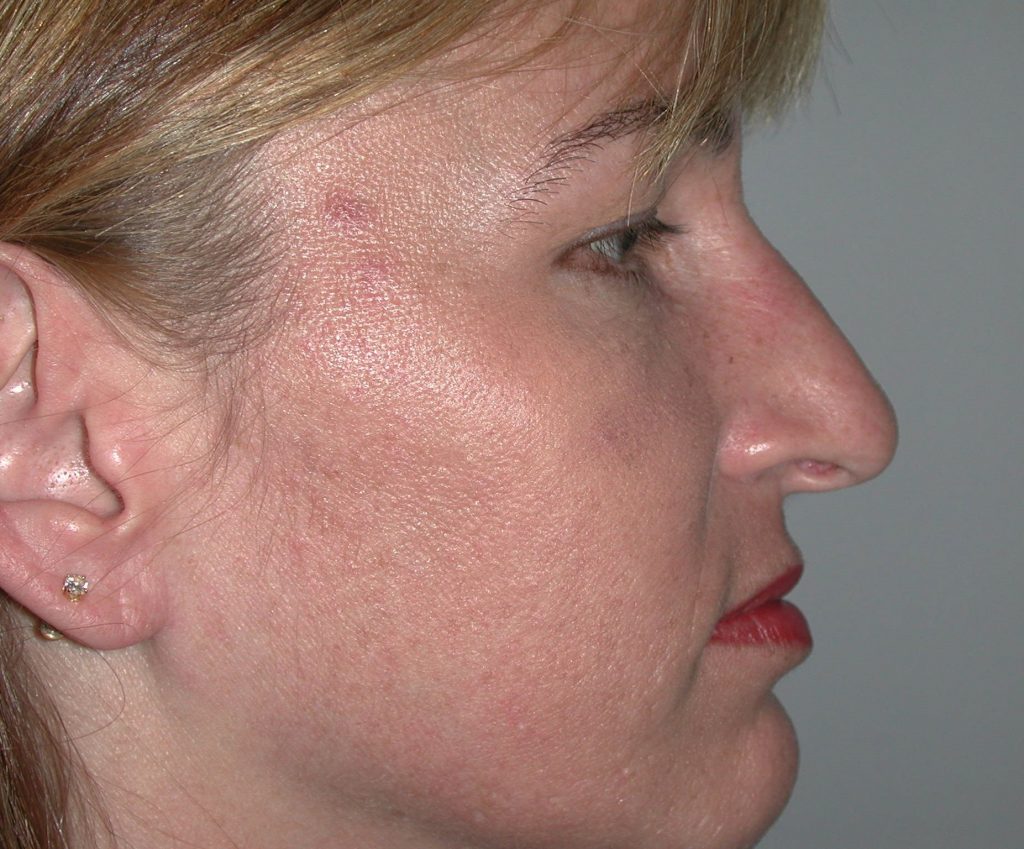
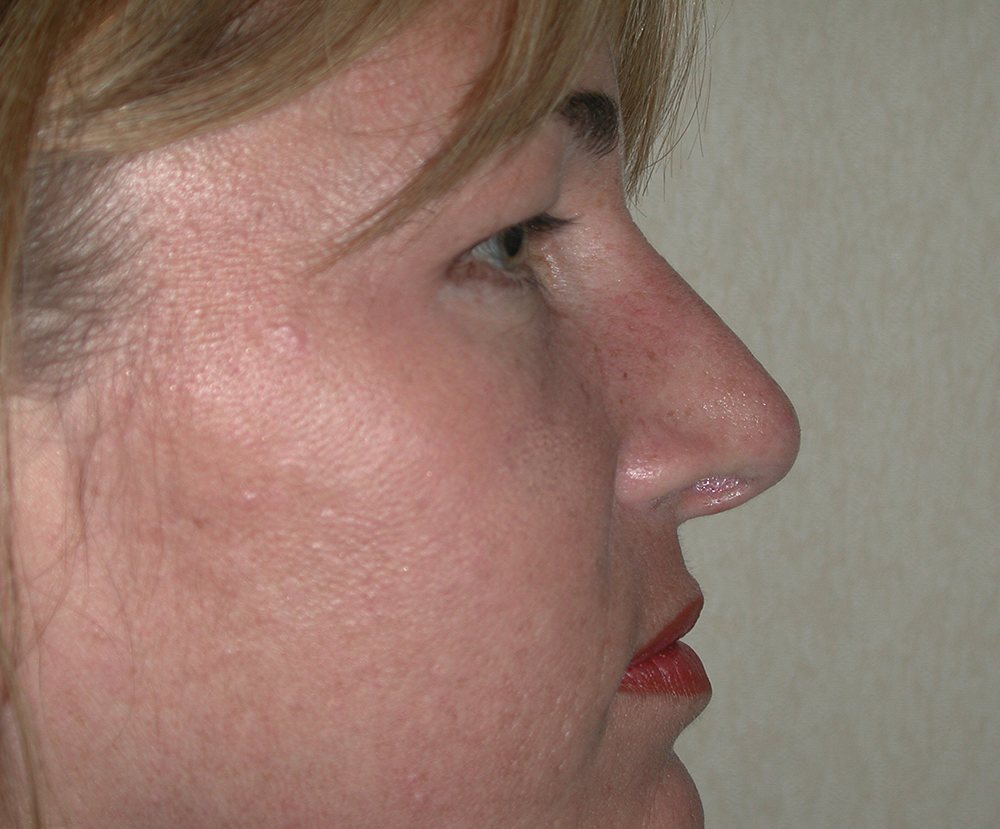
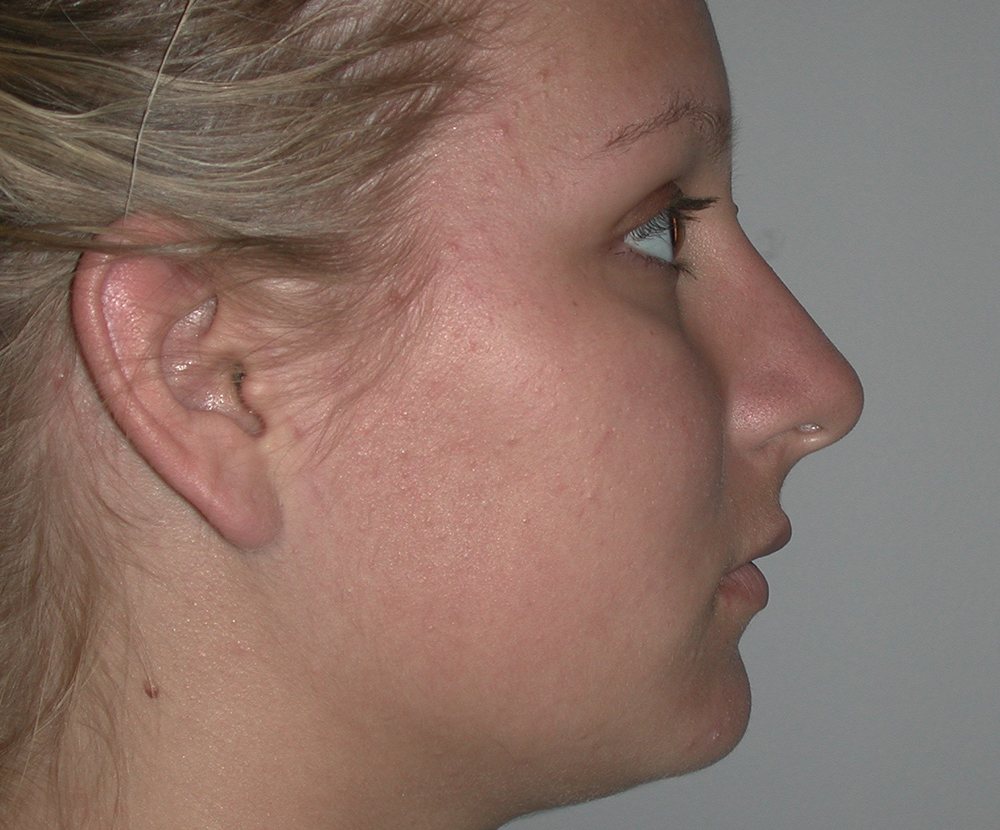
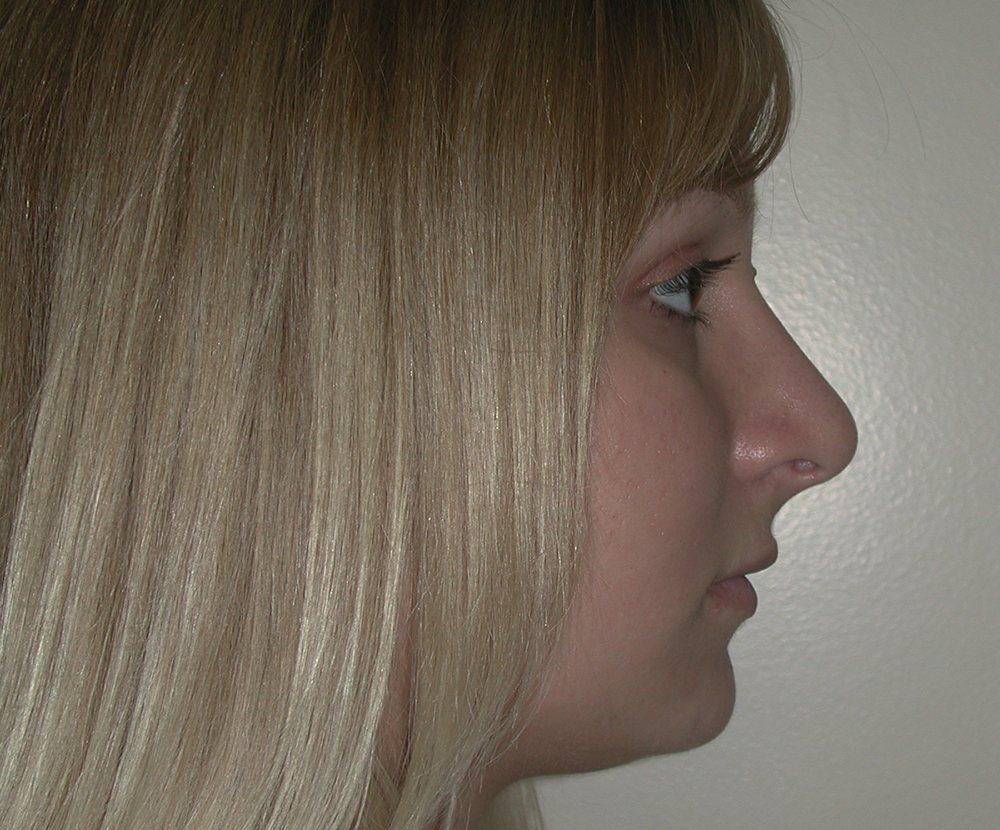
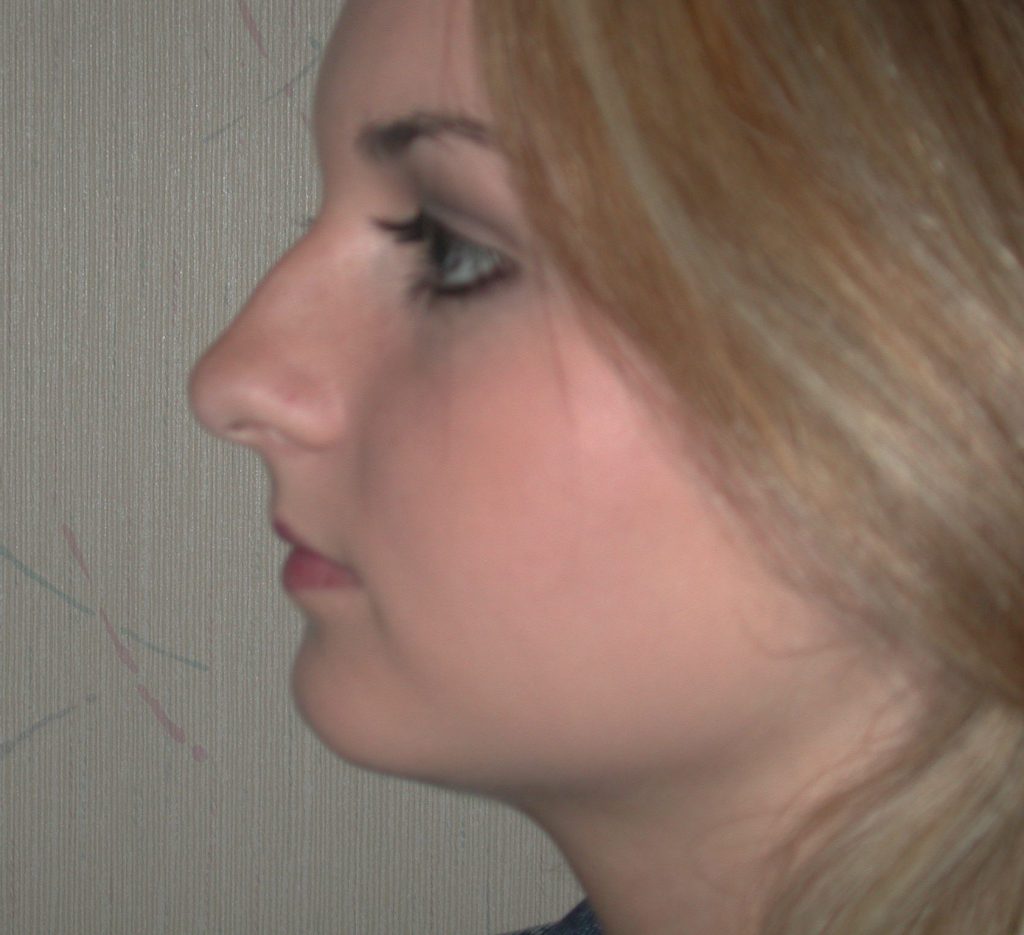
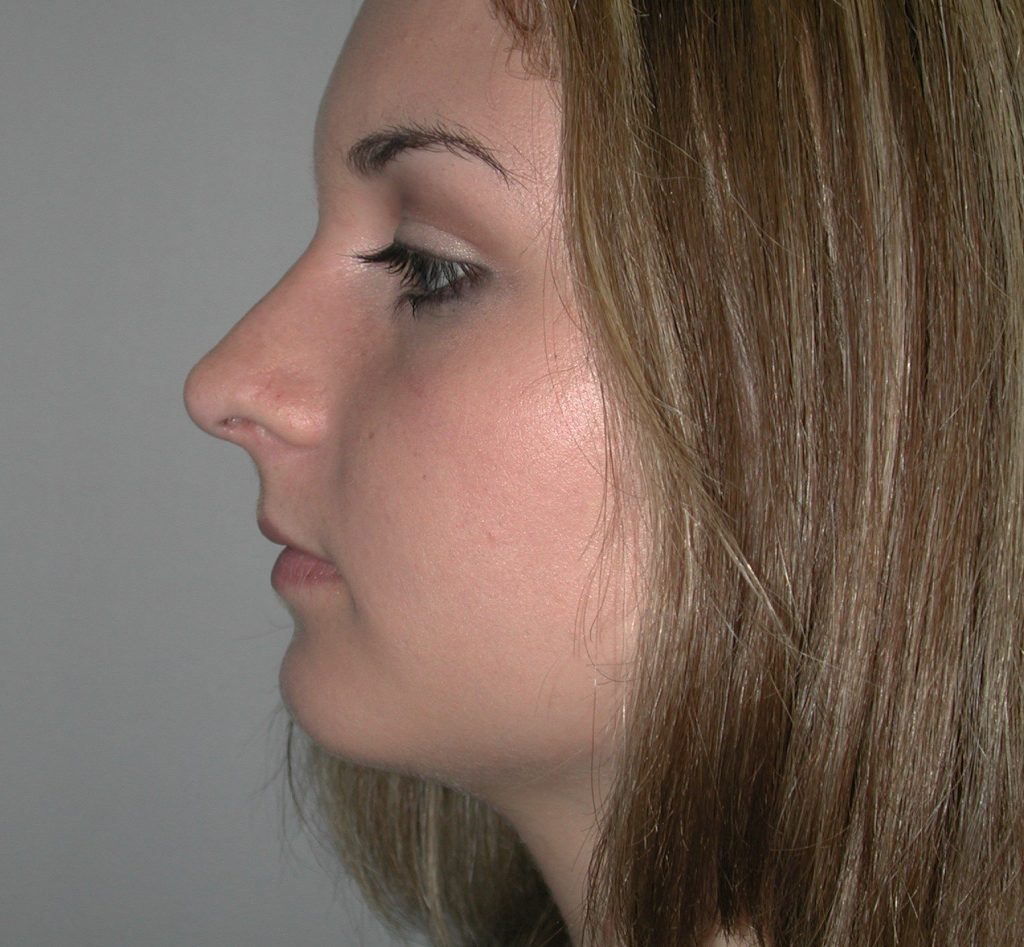
Gallery
View Gallery